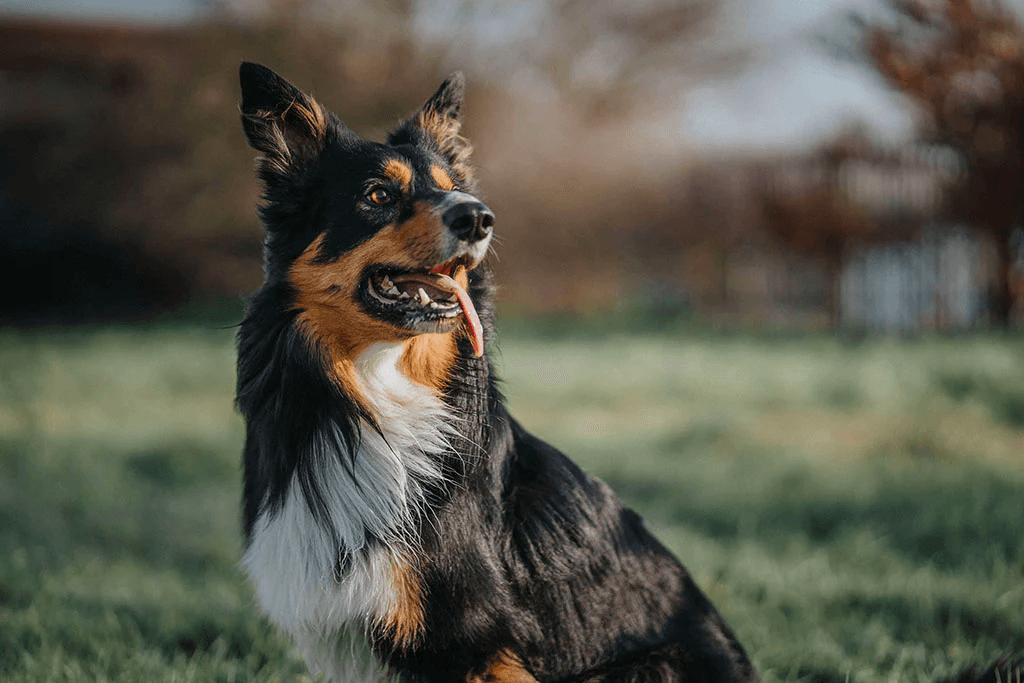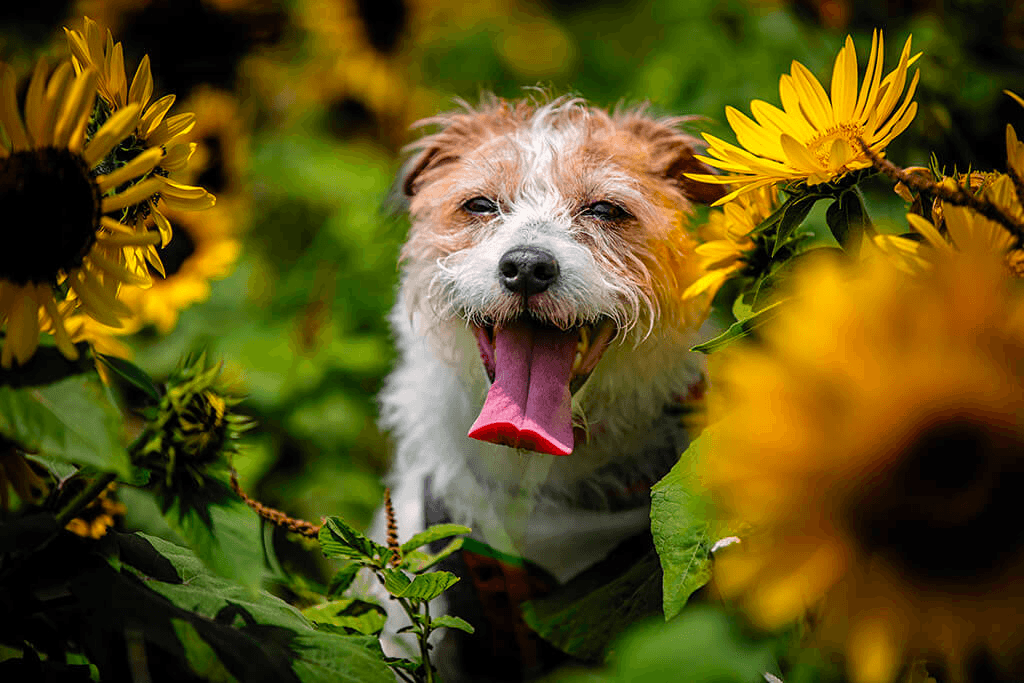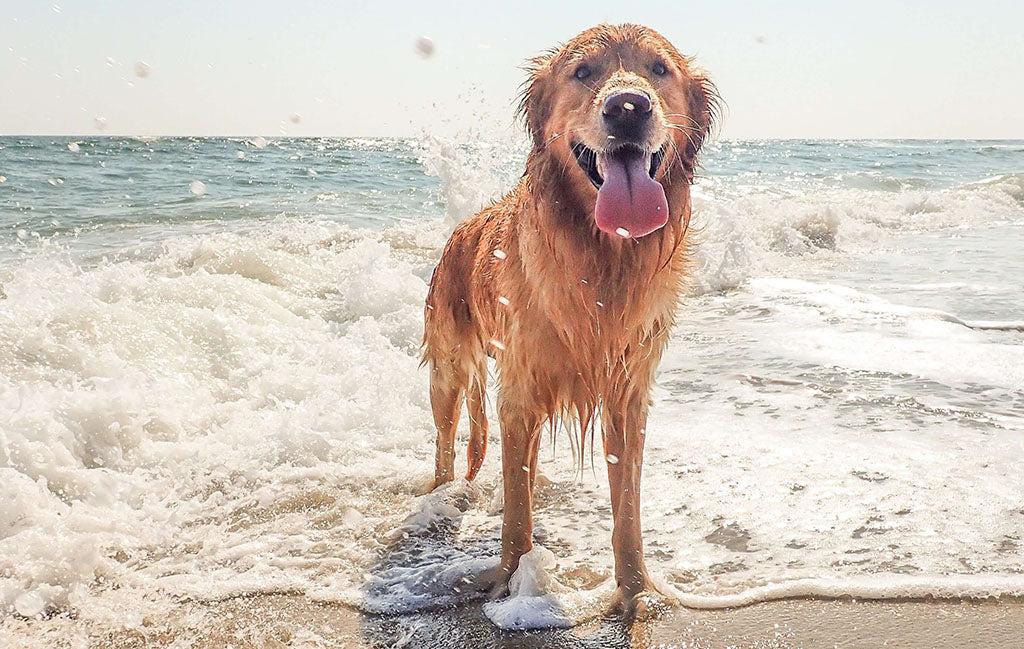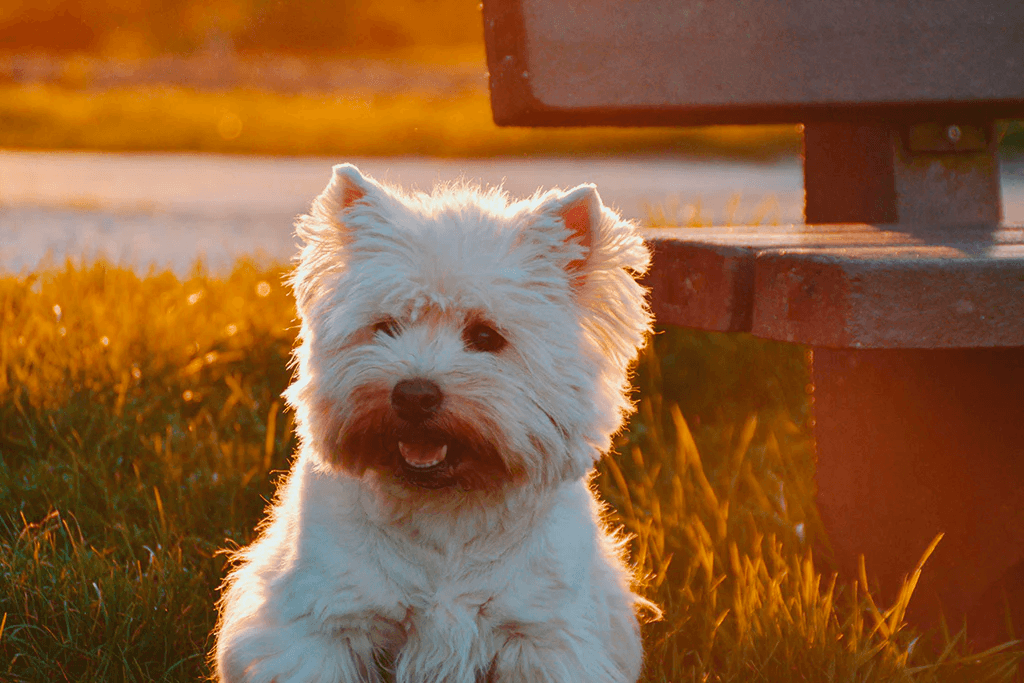Is canine dental care important? Well, yes! Could you imagine not brushing your teeth every day? One of our experts delves into the importance of dental care, from routine cleanings to at-home dental powders for dogs.
- Home/
- Dog/
- Health & Wellness/
- Dog Dental Cleaning: The Importance of Canine Dental Care
Dog Dental Cleaning: The Importance of Canine Dental Care
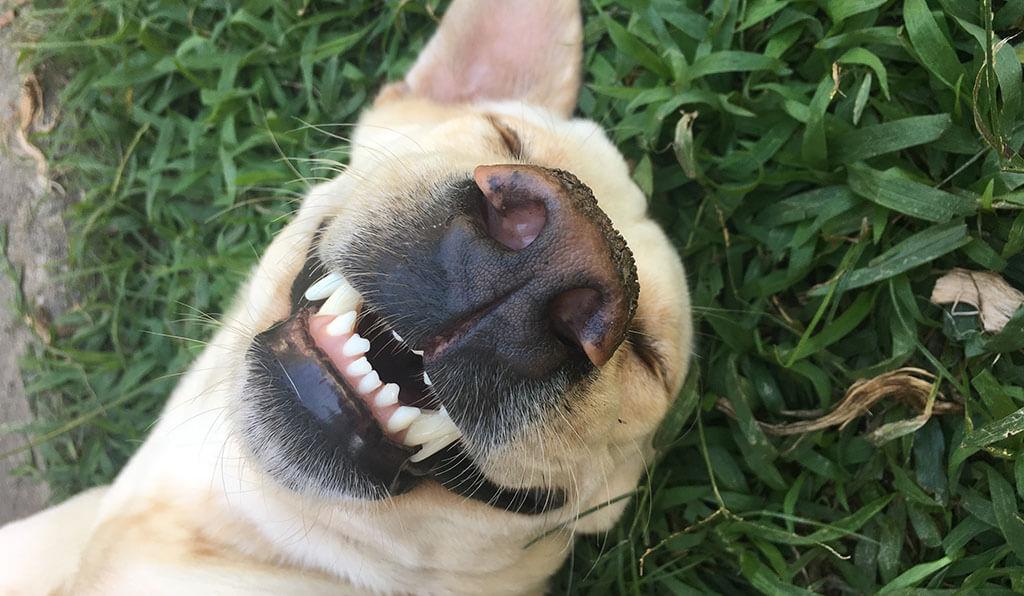
As a veterinarian, I understand that dogs are more than just pets; they’re family. But what about that doggy breath? Unfortunately, it’s often a telltale sign of lurking dental problems. A healthy mouth is vital for your dog’s overall health and well-being.
Let’s explore common types of dental disease in dogs, the importance of routine dental cleanings with your vet, and what you can do at home to help keep your dog’s smile healthy and shiny.
Key facts:
- Dental disease is extremely common – 80% of dogs over the age of 3 have some degree of dental disease.
- Common types of dental disease in dogs include periodontal disease, fractured teeth, malocclusion, and oral masses.
- Professional dog dental cleanings with your vet are essential for your dog’s dental health and overall well-being.
- At-home dental care, such as toothbrushing, supplements, dental chews, dog dental powders, and water additives, can also be beneficial.
- Consult your vet if you are concerned about your dog’s teeth or notice symptoms such as bad breath, inflamed gums, yellow or brown buildup on teeth (tartar), loose or broken teeth, pain when eating, or swelling around the face or mouth.
Understanding Canine Dental Health
Understanding the components of your dog’s dental anatomy can help you appreciate why dental care is so important. Adult dogs usually have 42 permanent teeth (20 on the upper jaw and 22 on the lower jaw). Puppies, however, have 28 baby teeth that are eventually replaced by six months of age.
Like us, dogs are equipped with a variety of teeth – each serving a unique purpose. Incisors, those small front teeth, are perfect for nibbling and grasping. Canines, the long, pointed teeth, are meant for grabbing, tearing, and puncturing. Behind the canines are the premolars and molars, large cheek teeth used for chewing, crushing, and grinding food.
While each tooth type in your dog’s mouth has a different shape and function, they all share some basic components. The crown is the visible portion you see above the gum line. The root is the hidden portion anchored within the jawbone. A tough layer called enamel covers the crown, protecting the more sensitive dentin layer beneath. In the center of the tooth lies the pulp, containing nerves and blood vessels. Damage to the outer enamel exposes the dentin, which can be sensitive, while deeper injuries that affect the pulp are often extremely painful and susceptible to infection.
There are also other important structures in your dog’s mouth besides their teeth, which have a critical role in the development of dental disease.
- Gums (Gingiva): Pink tissue covering and protecting the roots of the teeth.
- Periodontal Ligament: Tiny fibers that secure the tooth root to the surrounding bone.
- Alveolar Bone: The specialized bone of the jaw that forms sockets to hold the tooth roots in place.
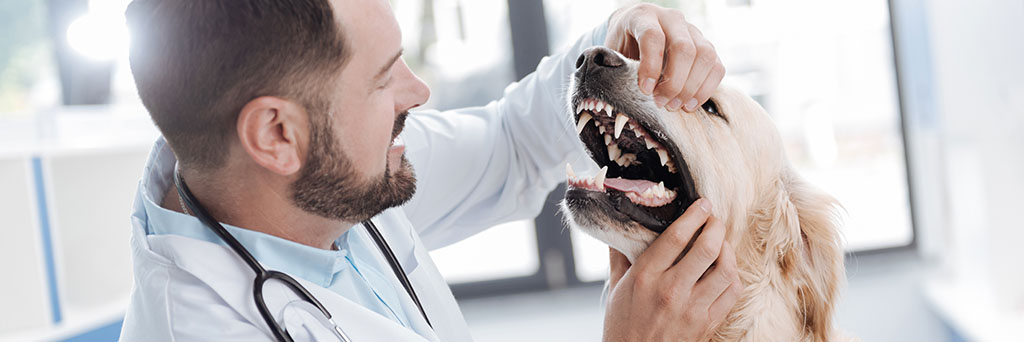
Common Dental Issues in Dogs
Dental disease is extremely common in dogs; in fact, studies show that 80% of dogs over the age of 3 have some degree of dental disease. Dogs don’t generally get cavities like people, but there are several common types of dental diseases that affect our furry family members.
Periodontal disease
Periodontal disease is the most common dental problem affecting dogs. It’s a serious condition that progressively damages the structures supporting the teeth – your dog’s gums, bone, and ligaments. The culprit is bacteria, which create a sticky film called plaque on the teeth. Within days, this film hardens into hard tartar (also known as calculus), setting the stage for a cascade of problems:
- Gingivitis: Gums become red, inflamed, and might bleed easily. Luckily, with prompt intervention, gingivitis can be reversed.
- Early Periodontitis: As inflammation takes hold, the gums begin to recede and pull away from the teeth. Although it might not be obvious at first, bone loss is already starting.
- Moderate Periodontitis: Bone loss becomes more noticeable, creating pockets between the teeth and gums. These pockets harbor bacteria, causing bad breath and increasing the risk of teeth becoming loose.
- Advanced Periodontitis: This stage is marked by severe bone loss (often more than 50%). Deep pockets around the teeth make infections, such as tooth root abscesses, common. At this point, the tooth may fall out or need to be removed, and the infection can spread, impacting your dog’s overall health, including their heart and other organs.
Fractured teeth
Dogs who chew aggressively on hard objects (bones, antlers, etc.) risk breaking teeth. Fractures can expose the sensitive pulp cavity, causing pain and leading to infection.
Malocclusion
This refers to a misalignment of a dog’s teeth when the upper and lower jaws don’t meet properly. Malocclusions can cause crowding of teeth, discomfort, and abnormal wear on the teeth, predisposing these dogs to significant dental issues in the future.
Oral masses
While less frequent than other issues, masses or growths in a dog’s mouth should be treated urgently. Some oral tumors are benign, but others can be cancerous.
Professional Dog Dental Cleaning
Professional dental cleanings for dogs are vital for their oral health for several reasons. Even diligent brushing can’t completely eliminate tartar formation. Tartar stubbornly clings to teeth, irritating the gums and paving the way for infection. Cleanings under anesthesia are the only safe and effective way to remove this harmful buildup. Additionally, cleanings provide your veterinarian the opportunity to thoroughly examine your dog’s mouth. They’ll check for fractures, growths, misaligned teeth, and other issues. Dental X-rays are used to assess the hidden areas beneath the gum line. Catching dental problems early, when they’re easier and more affordable to manage, is key for your dog’s health. Remember, dental disease contributes to overall body inflammation, which can silently worsen other health concerns. The most common treatment for dental disease in dogs is extraction of diseased or damaged teeth.
What Happens During a Professional Dental Cleaning
- Pre-anesthetic evaluation: Your vet will perform a nose-to-tail physical exam on your dog and run screening bloodwork to make sure they are healthy enough to go under anesthesia.
- Oral exam: Once under anesthesia, your dog will receive a comprehensive oral exam. Your vet will examine each tooth and use a probe to check for pockets in the gums and between the teeth.
- Dental X-rays: Dental X-rays will be taken for a complete picture of your dog’s dental health, including issues under the gumline that are not otherwise visible.
- Scaling: With your dog safely under anesthesia, your vet or assistant uses specialized instruments such as an ultrasonic scaler to remove tartar both above and below the gum line. The area beneath the gum line is the most crucial, as that’s where the worst infection hides.
- Polishing: After scaling, teeth are polished, creating a smoother surface that helps slightly slow down future plaque formation.
- Other Procedures: Depending on the condition of your dog’s teeth, other procedures, such as extractions of diseased or damaged teeth, may be performed.
- Recovery: Your dog will be monitored closely as they recover from anesthesia. If extractions were performed they may be sent home with medications such as antibiotics and anti-inflammatories.
Frequency of Professional Cleanings and When to Consult a Vet
The frequency of cleanings depends on your dog’s individual needs, breed, age, and overall health. Your veterinarian will create a personalized cleaning schedule for your dog. Many dogs require yearly dental cleanings as part of their wellness care plan. High-risk breeds, such as small dogs, brachycephalic breeds (those with flat faces), and dogs with known dental problems, may need cleanings more frequently.
Don’t wait – consult your vet if you notice:
- Bad breath
- Red, swollen, or bleeding gums
- Yellow or brown buildup on teeth (tartar)
- Loose or broken teeth
- Pain when eating or sensitivity around the mouth
- Swelling around the face or mouth (could indicate a tooth root abscess)
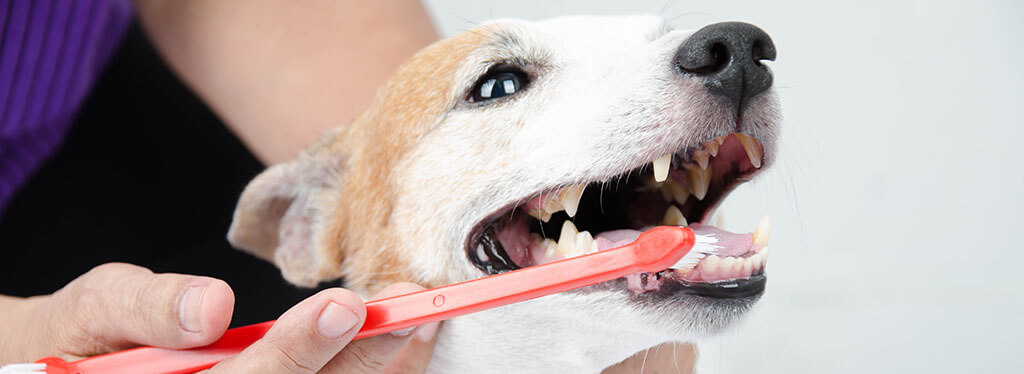
At-Home Dental Care
Taking care of your dog’s teeth at home is the best way to promote their dental health. While not a replacement for professional dental cleanings, it can help decrease the frequency and severity.
Toothbrushing
While brushing your dog’s teeth might seem a bit intimidating at first, it’s incredibly important and the gold standard of at-home dental care. Just think of it as your daily mission to fight plaque, before it has the chance to harden into calculus. Start by getting dog toothpaste (never use human toothpaste as some contain ingredients harmful to dogs) and a soft toothbrush. With a little bit of patience and positive reinforcement, you can make tooth brushing part of your daily routine. Here is our step-by-step guide on how to clean your dog’s teeth:
- Gather Your Supplies
- It’s not safe to use human toothpaste on your dog, so instead, opt for a canine toothpaste that comes in tasty flavors such as chicken or peanut butter. Also, choose a soft-bristled or finger brush designed for dogs, or just start with a piece of gauze wrapped around your finger.
- Make It Tasty
- Let your dog lick a tiny dab of toothpaste off your finger. This introduces the flavor in a fun way!
- Touch the Teeth and Gums
- Gently lift your dog’s lips and touch their teeth and gums with your finger wrapped in gauze. Offer treats and praise to make this a pleasant experience. Once your dog is feeling comfortable with this, you can increase to rubbing your finger over the outer surfaces of your dog’s teeth.
- Introduce the Toothbrush
- Let your dog sniff and lick the toothbrush and reward them for showing interest. Let them lick a small amount of toothpaste off of the toothbrush.
- Start Brushing
- Start with short sessions, gently brushing just a few teeth, mainly the outer surfaces. Focus on where the teeth meet the gums with special attention to the large cheek teeth and canines, which tend to be most affected by tartar buildup.
- Praise and Rewards
- Be generous with praise throughout the process! Even short sessions deserve a reward to build positive associations.
Important Tips
- Go Slow
- Patience is key, especially if your dog is hesitant. It will take multiple sessions before they’re comfortable with actual brushing.
- Quiet Time
- Choose times when your dog is calm and relaxed, and try to stick to a consistent routine.
- If your dog really resists, don’t force it. Talk to your vet about alternatives like dental chews, water additives, and more frequent cleanings.
Dental Supplements, Chews, and Additives
While daily brushing is the gold standard for dental care, various products can offer additional support for keeping your dog’s teeth clean and healthy. There are many products available, so to find the most effective ones be sure to look for the Veterinary Oral Health Council seal of approval. Always talk to your vet before adding a new supplement to your dog’s diet.
Dental Chews
Specially designed chews with textures and ingredients that scrape away plaque as your dog gnaws. Choose chews appropriate for your dog’s size and chewing strength, and always supervise them to decrease risk of choking.
Dog Dental Powder
These are typically sprinkled onto your dog’s regular food. Ingredients might include plaque-fighting enzymes, substances to freshen breath, or probiotics to promote a healthy balance of mouth bacteria.
Water Additives
Added directly to your dog’s water bowl, these liquids aim to reduce plaque and fight bad breath. If you have cats in your household, be sure to choose a product that is safe for both species.
Dental Diets
Dental diets are a powerful tool for maintaining your dog’s pearly whites! Instead of typical kibble that crumbles easily, dental diets feature larger kibble with a special texture designed to gently scrape away plaque as your dog chews. These diets also include additives that fight bacteria or change the mouth’s environment to make it less susceptible to plaque buildup. Best of all, while dental diets are focused on teeth, they still provide complete and balanced nutrition for your dog’s overall health. There are several types of dental diets available, and they require a prescription from your veterinarian.
Lastly, when considering your dog’s diet and dental health, there are some things that should be avoided. Hard bones or chew toys are well known for fracturing teeth, while frequent chewing on tennis balls can wear them down. As a general rule of thumb, do not give your dog anything to chew on that you cannot indent with your fingernail.
Final Thoughts
By now, it’s clear that good dental care is about far more than just keeping your dog’s breath smelling fresh. Maintaining healthy teeth and gums is an investment in your furry friend’s overall well-being and longevity. By combining regular brushing, vet-recommended dental treats and supplements, and professional cleanings, you’re giving your dog the best chance to avoid painful dental diseases and the potential complications they bring.
FAQs
How often should I brush my dog’s teeth?
It is best to brush your dog’s teeth daily if possible. The goal of brushing is to remove plaque within the first 24 hours, before it hardens into calculus.
How do I find a veterinary dentist?
Depending on your veterinarian’s comfort level, they should be able to take care of your dog’s teeth and perform routine dental cleanings and extractions. For complex cases or more advanced work (such as a root canal), you may be referred to a board-certified veterinary dentist.
How do I know if my dog needs a professional dental cleaning?
If you notice symptoms such as bad breath, inflamed gums, yellow or brown buildup on teeth (tartar), loose or broken teeth, pain when eating, or swelling around the face or mouth, then your dog is likely overdue for a dental. Even without obvious signs, most dogs benefit from a professional dental cleaning annually as part of their preventive care. Your veterinarian can advise on the right frequency for your dog’s individual needs.
What about anesthesia-free dental cleanings?
Anesthesia-free dental cleanings might seem like a tempting option, but they come with significant limitations and risks. These cleanings can only scrape away tartar visible above the gum line, leaving the most problematic bacteria undisturbed below the surface. An uncooperative dog might move during scaling, increasing the risk of injury. Forcing restraint for the procedure can be extremely stressful for dogs. Most importantly, anesthesia-free cleanings don’t allow for dental X-rays or a full examination, meaning potentially serious issues like tooth root infections or fractured teeth could go unnoticed.
How do I find the best products for my dog’s dental health?
Look for the Veterinary Oral Health Council seal of approval. Whether it’s a water additive or a dog dental powder, you’ll be sure to find the best option for your pup.
Sources:
https://www.purina.com/articles/dog/health/dental/canine-dental-anatomy
https://veterinarypartner.vin.com/default.aspx?pid=19239&id=4951302
https://vcahospitals.com/know-your-pet/dental-cleaning-in-dogs
https://www.merckvetmanual.com/dog-owners/digestive-disorders-of-dogs/dental-disorders-of-dogs
https://www.ncbi.nlm.nih.gov/pmc/articles/PMC9774197/
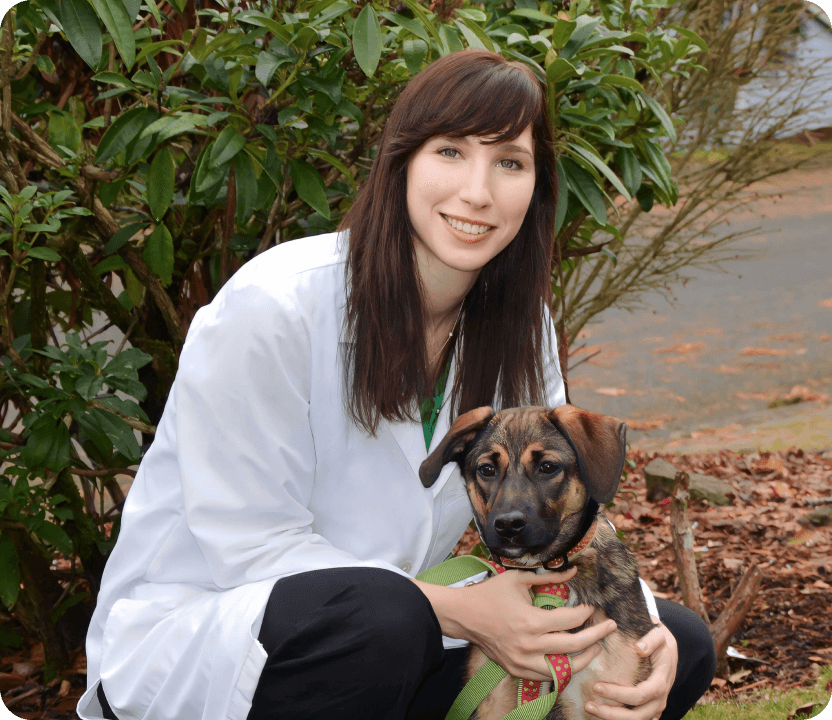 L
L